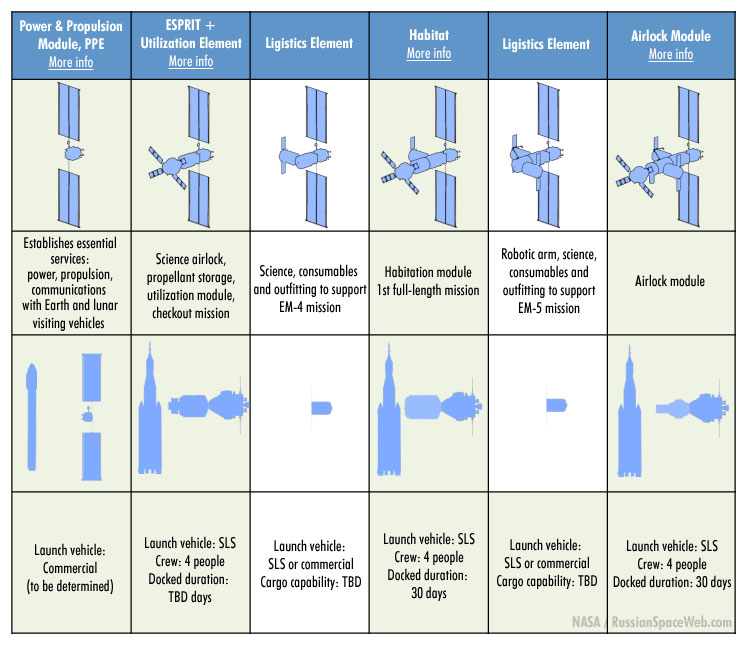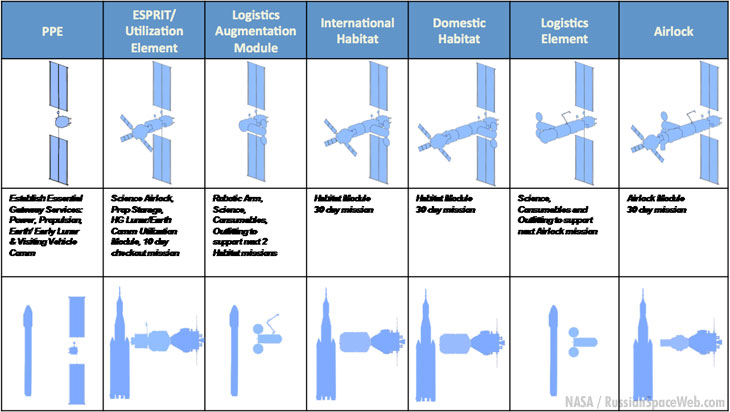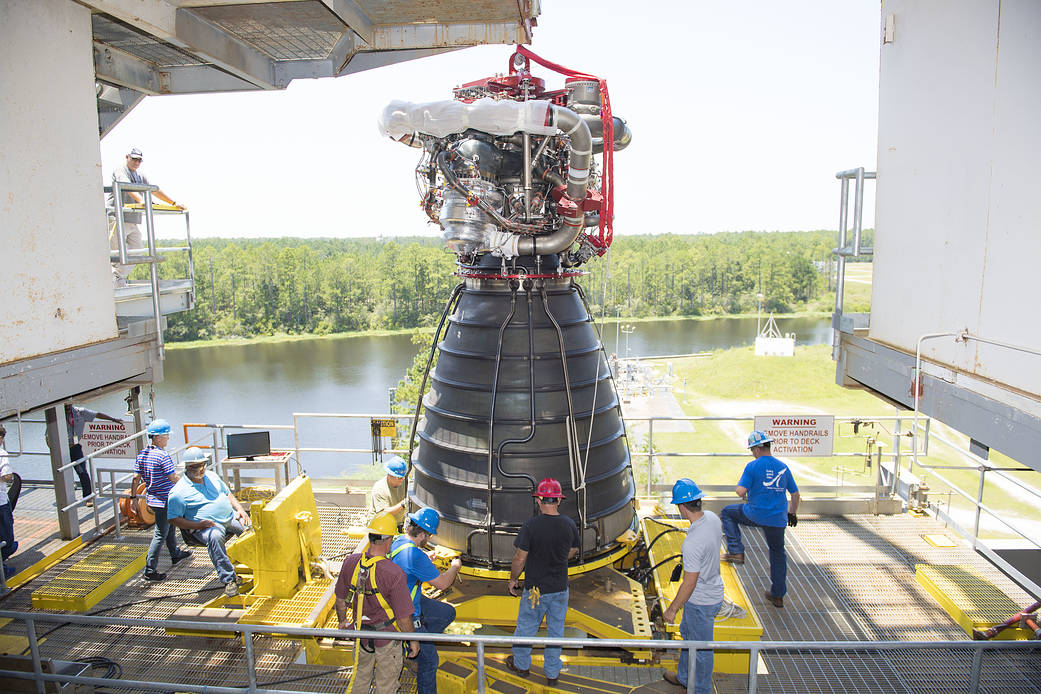Archibald said:
What payloads ? SLS never had any payloads, bar Orion. Unless of course powerpoint count as a payload.
In the begin SLS had allot of Payload
manned Luna orbiter and manned Luna Lander
Ames proposal for Gigant space Telescope
A Probe for Jupiter later Europa Clipper Orbiter
Not sure about a Deep space Mission to Pluto and Mars Sample return mission.
But then the Upper stage engine for SLS Block 2 (130 tons payload) were canceled and Orion got ATV as Service module
Bye bye manned Luna orbiter and manned Luna Lander, since Orion/ATV could only do lunar fly by...
Ames proposal was in conflict with James Webb Space Telescope
And at NASA people look for cheaper way to launch Europa Clipper, guess what SpaceX presented Falcon Heavy ;D
Then during that Crisis pop up Lunar Gateway Station as Successor of ISS
a Space Station parked between Earth and the Moon (little bit closer to that one)
Launch in 9~12 pieces by SLS and visit by Orion/ATV every 6 months for short stay
Guess what NASA people look for cheaper way to launch it and found SpaceX - Blue Origin - ULA
and now SLS is down to Manned Orion/ATV every 6 months for short stay once Lunar Gateway is operational
but time is running out, because Boeing/ULA and SpaceX manned capsule will fly manned into space.
putting question on need of Orion/ATV
For moment NASA rush to launch SLS Block1 with Orion/ATV for two missions
And SpaceX is building Starship and that's works do NASA still need SLS ?
years i'm joking about that NASA astronauts will be backseat drivers on space missions at SpaceX and Blue Origin
Seem it will become a realty...











